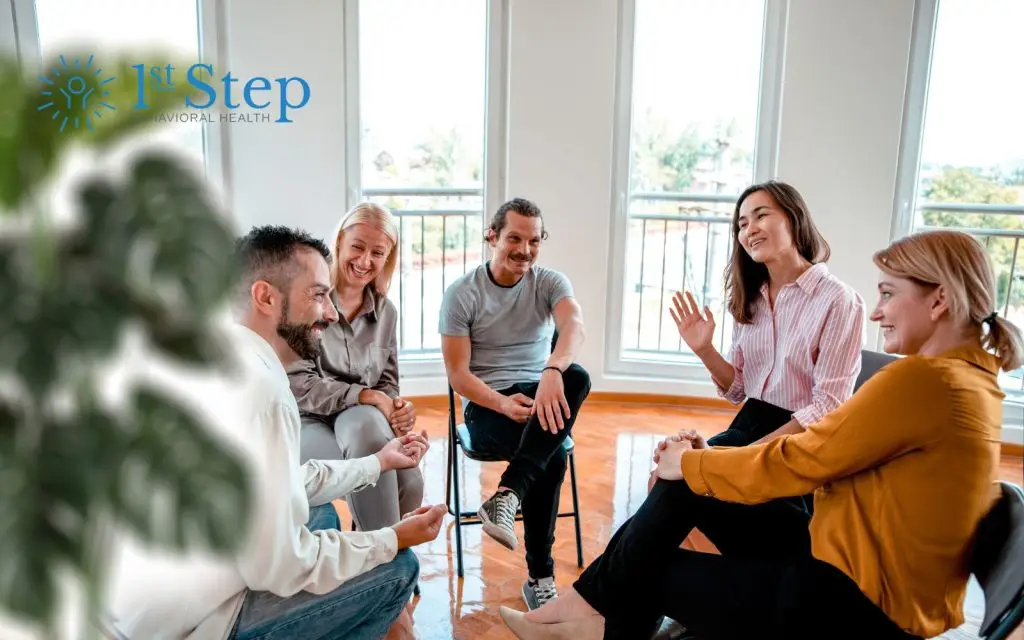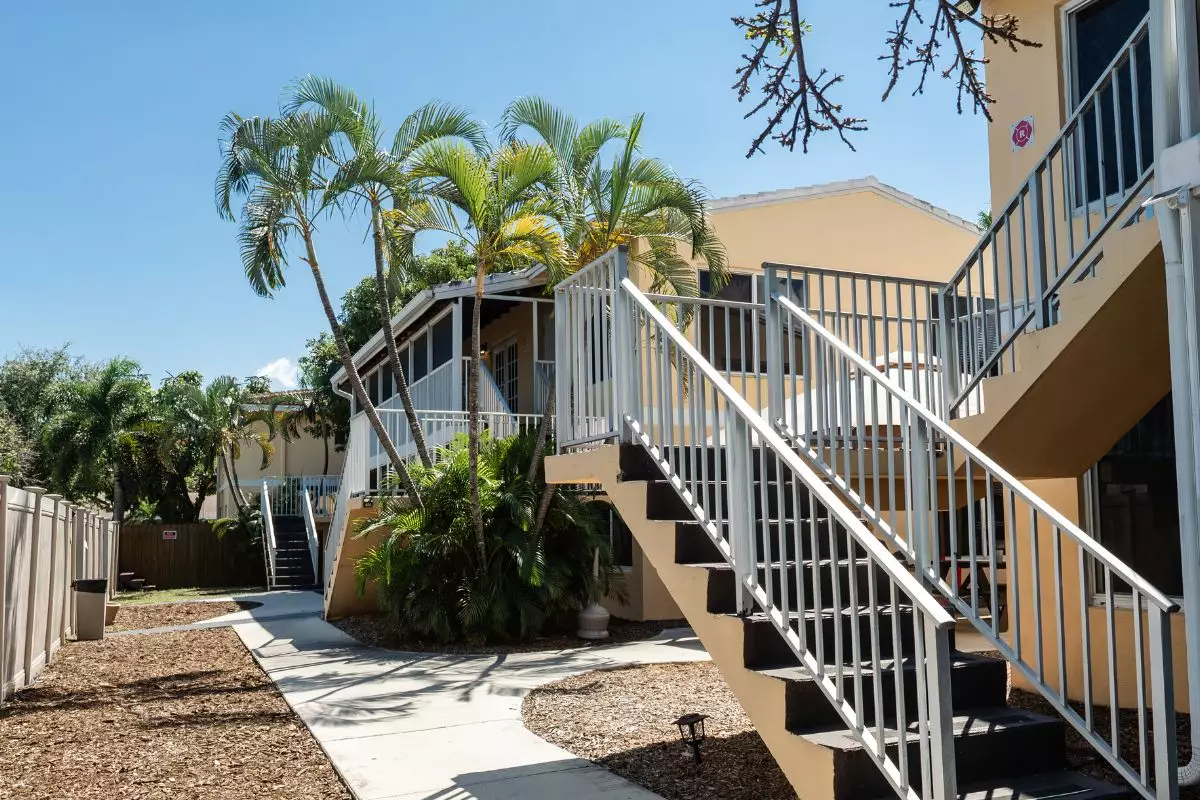Addiction often brings with it more than physical dependence. It can damage relationships, impact moral judgment, and lead to criminal behavior. For many, especially those involved in the criminal justice system, recovery means more than getting sober—it means rebuilding character, making amends, and changing deep-rooted attitudes and beliefs.
This is where Moral Reconation Therapy (MRT) becomes a powerful tool in substance abuse treatment. Moral Reconation Therapy, often referred to as moral reconation therapy MRT, is an evidence-based, cognitive behavioral approach designed to help individuals improve moral reasoning, take accountability for their actions, and ultimately lead more fulfilling lives.
This article will explore what MRT is, how it works, and how it can help you or a loved one move forward after addiction. Contact the First Step Behavioral Health team to learn about this therapy or to explore our comprehensive treatment and support programs.
Understanding Moral Reconation Therapy
Moral Reconation Therapy was developed in the 1980s by correctional counselors working with offender populations. It’s now widely used in correctional settings, probation programs, drug courts, juvenile offender treatment, and substance use disorder rehabilitation centers.
At its core, MRT focuses on helping individuals:
- Challenge criminal thinking
- Reshape negative attitudes and beliefs
- Improve current relationships
- Develop long-term moral goals
- Decrease recidivism (repeat offenses)
By doing so, MRT helps participants rebuild not only their lives but also their integrity.
How MRT Works
MRT is a structured group therapy program that includes a range of approaches that address the complex roots of substance abuse and its effects.
These approaches can include:
- Group sessions with trained facilitators
- A guided MRT workbook
- Weekly homework assignments
- Open-ended discussions
- Group exercises designed to encourage honesty, empathy, and accountability
Participants often meet in MRT groups weekly and move through 12–16 structured steps (or more), sometimes referred to as the freedom ladder. These steps involve confronting past actions, repairing damaged relationships, and making new, healthier choices.
Each step requires thoughtful reflection and completion of specific homework, such as identifying one’s moral beliefs, examining criminal history, or exploring the impact of substance use on family and community.
Who is MRT For?
MRT is used with a wide range of individuals, including:
- Adults with substance use disorders
- People involved in the criminal justice or correctional system
- Individuals with a history of domestic violence
- Youth with behavioral problems or past offenses
- Clients re-entering the community after incarceration
Whether someone is in prison, on probation, or participating in residential or outpatient treatment for alcohol or drug use, MRT offers structure and hope.
Why MRT is Effective
Moral reconation therapy is effective because it addresses the thinking errors and beliefs that often underlie substance use, criminal behavior, and relapse. MRT doesn’t just focus on symptoms—it helps participants rebuild their sense of identity and commitment to a healthier way of living.
Here is an overview of the benefits of MRT.
Reducing Recidivism
Multiple studies show that MRT can decrease recidivism in both adult and juvenile offenders. By encouraging participants to choose moral goals and take responsibility, MRT reduces the likelihood of returning to jail or engaging in illegal activity.
Improving Moral Reasoning
Participants learn to evaluate decisions by considering both the right and wrong aspects, rather than just the consequences. This helps them develop stronger personal values and better decision-making skills.
Promoting Accountability
Through homework and group feedback, participants reflect on their past, take responsibility, and learn how their behavior has affected others.
Supporting Mental Health and Recovery
MRT is often used alongside traditional mental health and substance abuse treatments. It helps people process trauma, explore emotional triggers, and stay committed to sobriety.
The Structure of an MRT Program
MRT is typically delivered over several months, depending on the pace of each participant. Key features include:
- Weekly group sessions led by trained MRT facilitators
- Completion of steps in the MRT workbook
- Personalized homework assignments
- Opportunities to participate in group exercises and discussions
- Progression up the freedom ladder based on effort, not time
- A non-judgmental, supportive environment
Each session involves discussing assigned homework, sharing insights, and receiving feedback from peers. The group plays a vital role in holding participants accountable and fostering connection.
MRT in Correctional and Community Settings
MRT is widely used across a range of settings where people with SUD receive care. These include:
- Jails and prisons
- Probation and parole systems
- Court-mandated programs
- Community-based substance abuse treatment centers
- Correctional counseling services
- Government websites and public health initiatives
Many state and federal agencies recommend MRT because it not only addresses behavior but also promotes lasting, internal change. In fact, some MRT groups allow clients to continue attending even after completing the core steps to stay engaged and grounded.
What Makes MRT Different?
Unlike some treatment programs that focus solely on behavior or addiction symptoms, moral reconation therapy deals with the underlying moral framework guiding a person’s decisions.
MRT helps people:
- Reflect on criminal attitudes and behaviors
- Understand the ripple effect of their actions
- Strengthen relationships
- Rebuild trust
- Foster empathy
- Make choices aligned with their values
By blending cognitive behavioral methods with moral development, MRT builds a foundation for lasting recovery. As participants move through the program, they explore key themes like:
- Substance use and its impact
- Breaking criminal thinking patterns
- Rebuilding damaged relationships
- Setting and achieving moral goals
- Addressing mental health and trauma
- Letting go of excuses and victim thinking
- Honoring commitments and responsibilities
These are discussed through group discussions, written exercises, and guided journaling.
The Role of the MRT Workbook
The MRT workbook is central to the process. It guides participants through weekly readings and reflection, including moral dilemmas and decision-making exercises. Participants may spend time journaling about values and goals or engaging in step-by-step challenges to climb the “freedom ladder.”
Participants are encouraged to save form progress each week, review past assignments, and use the workbook as a roadmap for growth. Facilitators often use form progress and participation to assess readiness for advancement in the program.
While MRT is traditionally an in-person program, many centers now incorporate digital tools to help manage notification subscriptions for homework and group reminders and track form progress online. These digital tools also provide secure portals for assignments and workbook completion and allow programs to offer virtual consultation or remote sessions. Digital platforms can be especially helpful for clients in rural areas or those balancing treatment with work or family.
Find Treatment and Support Now
Addiction often steals more than sobriety—it takes away self-respect, freedom, and hope. Moral reconation therapy helps people rebuild their sense of self by guiding them toward honesty, empathy, and integrity.
If you or a loved one needs treatment to overcome substance use disorder or recovery support, explore the holistic programs at First Step Behavioral Health. Learn more about our treatment and recovery support programs or schedule an intake appointment by contacting our team today.
Frequently Asked Questions about Moral Reconation Therapy
1. How long does it take to complete MRT?
The length of an MRT program varies depending on the individual’s pace and the number of steps involved. Most participants complete the core steps in 3 to 6 months, but some may continue beyond that for additional support or to reinforce progress. Advancement is based on personal effort and commitment, not a fixed timeline.
2. Can MRT be used alongside other treatment methods?
Yes. MRT is often used in conjunction with other therapies, such as individual counseling, 12-step programs, trauma-informed care, and medication-assisted treatment. It complements other approaches by strengthening moral decision-making and accountability.
3. Is MRT only for people in the criminal justice system?
While MRT was initially developed for offender populations, it has since expanded to help individuals struggling with substance abuse, domestic violence, or repeated behavioral issues—even if they aren’t currently involved with the justice system. Many community-based treatment programs use MRT to support recovery and personal growth.
4. Do MRT participants need to share personal details in group sessions?
Participants are encouraged to be honest during group discussions, but they control how much they share. The focus is on personal reflection and completing assignments. Facilitators create a supportive, confidential space that respects each person’s boundaries while fostering accountability.
5. What qualifications do MRT facilitators need?
MRT facilitators must complete specialized training and certification. Many come from backgrounds in counseling, social work, or criminal justice. Their role is to guide participants through the MRT steps, lead group discussions, and evaluate progress with professionalism and empathy.
6. Can family members be involved in the MRT process?
While MRT is primarily an individual and group-based program, some treatment centers offer family sessions or encourage participants to share progress with loved ones. Rebuilding trust and repairing relationships is often part of the long-term healing process.
Sources
Jump to a Section
Call (855) 425-4846
